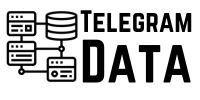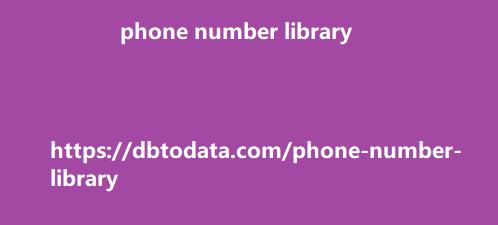Cumulative Layout Shift (CLS) cumulative-layout-shift Google treats the Cumulative Layout Shift as a web vital that primarily deals with the visual aspects of a site, particularly on mobile view. This is the continuous position of the page no matter what fraction of the page moves during loading time. Any unstable element on your site Web Vital score. However, this does not include interactive features such as a layout change when a user clicks on a button. Key TakeawayHave you seen a website that posted the exact same article, from top to bottom, of a recent article you published? It can be infuriating knowing that other people are trying to benefit from the content that you worked hard on without your permission at all.
If you own a high-quality website that is
getting a good amount of traffic, then you are most likely a victim of content scrapers. Content scraping is the illegal process of copying content from high-quality sources and publishes them as their own. Content scraping is not something new and this is not uncommon either. In fact, I discover websites scraping from SEO Hacker from time to time. Check out this website that completely copied the guide I published a few weeks ago about Google News. Website that completely copied my previous article And if you scroll to the bottom of the webpage, you’ll see a line indicating the article was “originally” by Video and Marketing blog.
Proof of content scraping In this article, I
will discuss if content scrapers have an effect on your SEO and what should you do about them. How does Content Scraping Work? The way people scrape content out of other websites varies. They can do it manually or they use software that automatically crawls websites for new content and creates a copy of it. If you come across a software that does this, I highly recommend staying away from it. The goal of content scrapers varies as well. Some who scrape content may just want to increase the number of pages of their website. They would usually link back to your website and give you credit for publishing it and in some cases, they would use a canonical tag pointing to the same page on your website.
Other content scrapers would blatantly
rip off your content. Similar to the example I showed earlier, they would take the credit for writing the article and confuse users. They would usually do it to get more ad revenue for their website. Can Content Scrapers Hurt your Website? Scraped content is black hat SEO and it is strictly against Google’s guidelines. Not only does it constitute copyright infringement in some cases but it is also duplicate content. If you are using scraped content on your website, then you are most likely going to be penalized or if not, is penalized already. Google does a great job of weeding out these websites. Most websites that rely on scraped content does not rank at all and does not receive any traffic.
The good news is if people are scraping content
from your website, you shouldn’t be belize phone number library worried at all. Google always rewards websites that publish original high-quality content. So in cases where people copy your content, you can be sure that Google is going to ignore those and give the rewards to you. Google’s algorithm is able to identify who is the original publisher of an article even though it is unlinked or there is no mention of the original publisher in the copied article. That is why you shouldn’t worry that Google will penalize your website if many websites are scraping your content. Should you Disavow Links from Content Scrapers? As I’ve mentioned, some content scrapers would link to your website.
Usually, they link to the website of origin
just to avoid being penalized by Google. I’ve seen people ask around if they should disavow links from these websites since most, if not all, of them, are low-quality websites. In my opinion, disavowing links from these websites is not necessary because sometimes, it can help your website, even just for a little. You may consider disavowing links from content scrapers if there are red flags like bad anchor texts, extremely poor website quality, adult content, etc. I highly recommend reading this disavow guide I wrote to properly judge if you should disavow a link or not. Key TakeawayGoogle recently released an update that makes it easier for users to find more information on the events, places, objects, etc.
displayed on Google Images. We could
understand this as their way of improving our recommendation is that you make posts search, particularly image search, to produce a better and more effective environment for the users. We, webmasters and SEOs, can also understand this as a new avenue for us to gain traffic for our website. However, we first need to have an understanding of how this new image search update works. Here’s what we know so far: Image Search Knowledge Graph To put it simply, Google is now adding a knowledge graph on image search to provide more information and resources for the users interested in the image subject. They’re simply adding more context to the photos that users see in image search, these bits of information also enable the users to learn more about the image subject.
Here’s what it looks like: google image search
update example This increases the chances uk data of users exploring websites that can provide them with valuable information that can help them find what they are looking for. They still have the option to just move onto another image, but with this update, it allows your website to take up more search real estate if you can provide relevant and useful information. The source of the views image is still credited like how it is today, but the relevant information an opportunity for all industries? I don’t think so.

